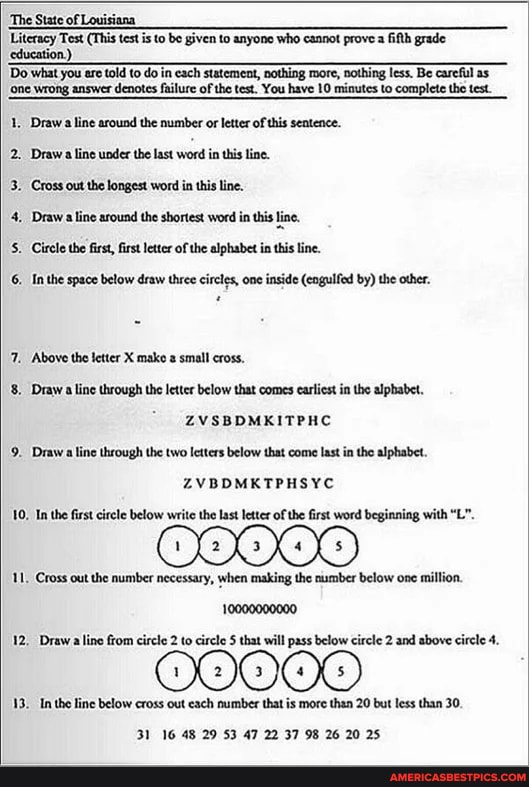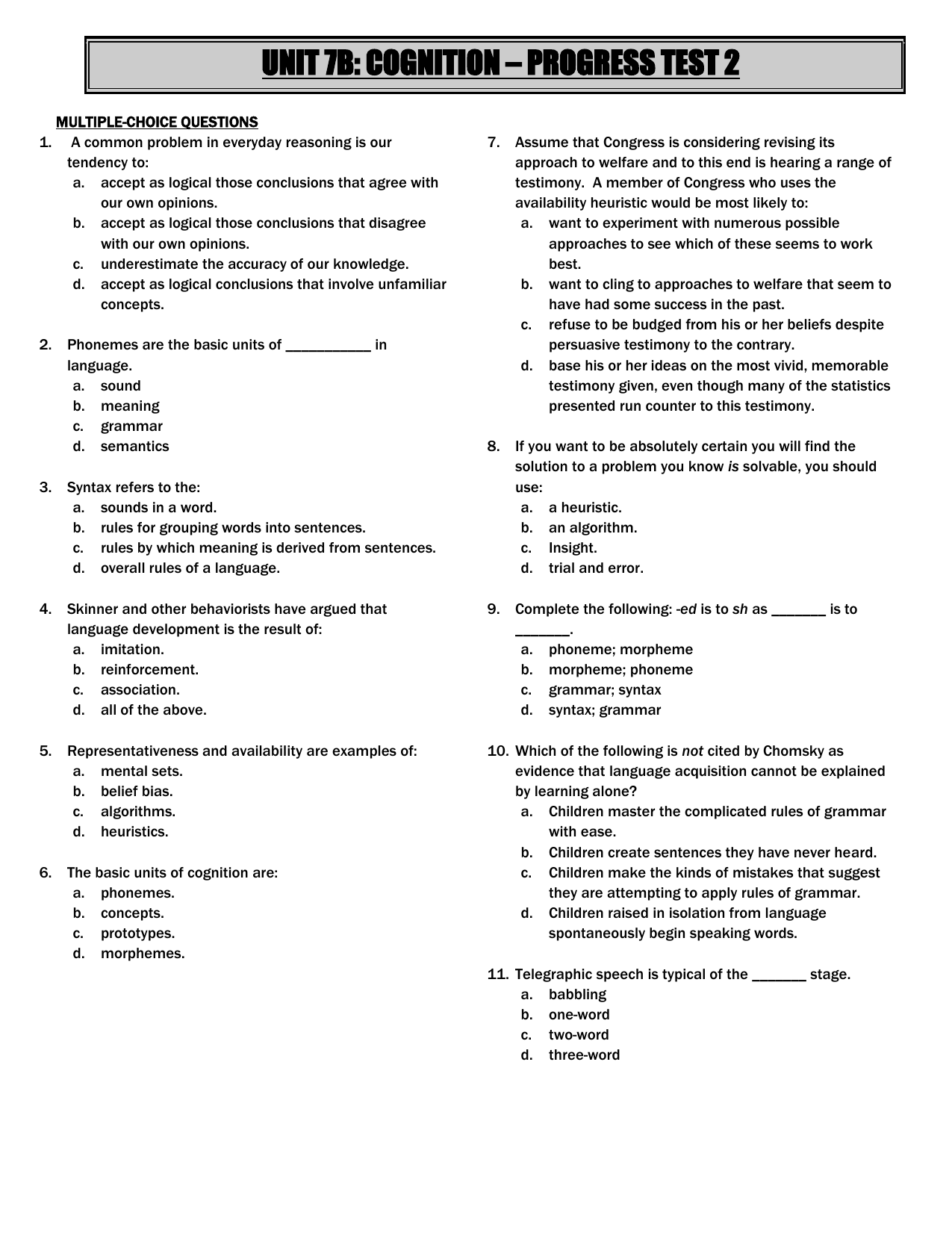

The semantic structure of correlated words of two different languages can never cover each other. Actually used it has only one meaning, it is monosemantic but it may render a complicated notion or emotion with many features. This colouring in the word " bother” is combined with a colloqual stylistical tone. This notion receives the emotional colouring of many revealing the protagonists view of love as cynical and pessimistic. One sees if in a definite context that particularizes it and makes possible only, one meaning: “to cause trouble”.

For example the word “bother” in the follwing Īny woman will love any man who bothers her enough (H. It is very important to distinguish between the lexical meaning of a word in speech and it is semantic structure in language.

They are registered and classified by lexicographers and found in dictionaries.įor example: we read that to bother has two variants as a verb: The seem total of many contexts in which the word may occur permits us to observe and record cases of identical meaning and cases that differ in meaning. Polysemy and semantic structure exist only in language,not in speech. Note that tis question is not simply an academic one it is of some importance for any attempt to give a formal representation of lexical meaning. That some meanings are more central to the category than others.Īn immediantly related question is which meaning of an item are permanently stored in the mental lexican and which are derived by means of rules stored representations. While a native view of lexical semantic structure might told that all meanings have an equal status with in the lexical concept, it is now generally accepted. Secondly differences in the status of the various meanings have to be considered. (this not to say that any historical process has a synchronic reflection: in the case of dead metaphors, for example: the original metaphorical links is no longer synchronically present). Also note that diachronic studies of semantic importance in this perspective: semasiological mechanisms such as metaphor and metonymy not merely characterize diachronic shifts of meaning, but at the same time furnish a characterization of the synchronic, links that lie together the readings of a word. One of the questions that arises here relates to the distinction between literal and figurative meaning is commonly merely negatively defined as non literal meaning, it has to be investigated whether it is possible to give an independent characterization of figurativeness. There are two perspectives that may underline such on investigation.įirstly the substantive character of the links among the various meanings has to be studied.

In the other words, the word’s semantic structure is an organized whole comprised by recurrent mwanings and assume in different context, together with emotional or stylistic colouring and other connotayions, if any reasearch into the structure of polysemy involves a determination of the relationship among the separate meaning of a word. The denotational semantic component which can be interpretted as the dictionary definition (part of machine tool on which the work is put) and the connotational component which can be identified as a speific stylistic reference of this particular meanings of the word table (technical terminology). We may analyses the eight meaning of this word into the part of speech meaning that of the noun (which presupposes the grammatical) meanings of number and cases combined with the lexical meaning made up of two components. The semantic structure of a word is the system and unity of all the types of meaning that a certain word possesses.įor example: the word “ table” has at least 9 meanings in Modern English.Ģ- the persons seated at a table (to keep the table amused) ģ- (sing) the food put on a table meals, (to keep a good, poor table) Ĥ- a thin flat piece of stone, metal, wood Ħ- (pl) words cut into them (the ten tablus)ħ- an orderely arrangement of facts figures (table of contenents)Ĩ- part of machine-tool on which the work is put to be operated on Įach of the individual meanings can be described in terms of the types of meaning discussed above. This regularity is of course a stylistical, not a rigiol one. The greater the relative frequency of the word,the greater the number of varients that constitute its semantic structure,e.e the more polysemantic it is. But it is more characteristics of the English vocubulary as compared with Russian,due to the monosyllabic character of English and the predominance of root words. Polysemy is characteristic of most words in many languages however different they may be. POLYSEMANTIC WORDS OF THE ENGLISH LANGUAGE.docĮnglish lexicology department qualification paperĢ.2 The semantic structure of polysemantic words.


 0 kommentar(er)
0 kommentar(er)
